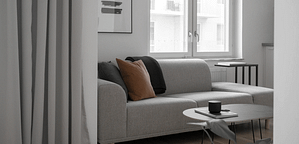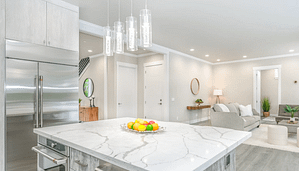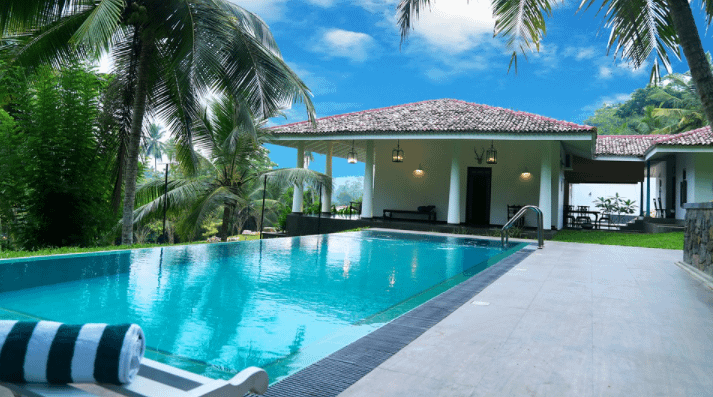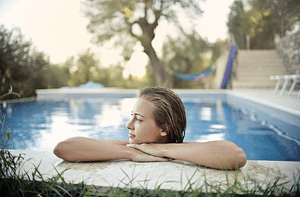Designing a home requires a different approach than buying a home. It does so because it deals with more planning and decision-making. Indeed, finding the right building site is hard enough. However, when it comes to home designs, it is another challenge. It can be hard to assemble your dream home on the land you currently have. You may also need professional help with budgeting and planning. These are just a few of the many ways you can get started.
Find the Design of Your Dream Home
 Before designing your home, you need to decide what type of home you want. It is recommendable to list all the features you want to see in your home before designing the blueprint. Nowadays, there are many different styles of homes. It is a good idea to look for inspiration before you start inserting them into your dream home ideas.
Before designing your home, you need to decide what type of home you want. It is recommendable to list all the features you want to see in your home before designing the blueprint. Nowadays, there are many different styles of homes. It is a good idea to look for inspiration before you start inserting them into your dream home ideas.
Create an Initial Sketch
It is also helpful to sketch out your ideal home. You do not have to put this design into action yet. However, you can get some ideas and mix and match the interior and exterior elements. It is essential to know the floor plan of your home, including the size and features you want in the kitchen, bathrooms, garage, living areas, garage, bedrooms, and family rooms. It is also crucial to plan for internet and phone connections.
Check Local Building Permits and Zoning Ordinances
Once your building plan is final, you will need to obtain permits and comply with all existing zoning ordinances. Be sure to follow the building specifications for all buildings constructed in your area. It will save you headaches during your dream home construction.
Plan Within Your Budget
 You will need to spend money regardless of how beautiful you want your home to be. Fit your budget into your current plan. Keep in mind that spending too much can prevent you from your ability to buy the furniture you want for your dream home. You will need to calculate your current budget and then budget for the actual construction. It is better to adjust the plan now than to compromise on the quality of the home construction when you have a limited budget.
You will need to spend money regardless of how beautiful you want your home to be. Fit your budget into your current plan. Keep in mind that spending too much can prevent you from your ability to buy the furniture you want for your dream home. You will need to calculate your current budget and then budget for the actual construction. It is better to adjust the plan now than to compromise on the quality of the home construction when you have a limited budget.
Fit the Designs to Your Property
Before you start designing your home, you should consider the space available. Do you want to have a large yard and a backyard to maximize the area you have? If so, make the most of your lot space as you’ll want it to be just a few feet from the road. Also, consider the slope of your land to reduce the cost of digging and filling. Besides, place bedrooms where you have privacy and put windows in areas that will make your home more efficient.
Maximize the Efficiency of Your Space
You should make sure your home has a logical flow. The kitchen and laundry room should be close together so that you can save on plumbing. It would be best to design areas, like the kitchen, to have connection or access to the garage and others you need. However, still, make sure your furniture fits the layout you have designed.



 Although nowadays, more homeowners are selecting thick or two shallow ends plus a deep part in between. These are sports pools that are flexible for games. This 4 to 4.5-foot thickness is ideal for various aerobic exercises and basketball, volleyball, and pool activities. For example, the water should be at least 4 feet deep to avoid touching the bottom of the pool.
Although nowadays, more homeowners are selecting thick or two shallow ends plus a deep part in between. These are sports pools that are flexible for games. This 4 to 4.5-foot thickness is ideal for various aerobic exercises and basketball, volleyball, and pool activities. For example, the water should be at least 4 feet deep to avoid touching the bottom of the pool.